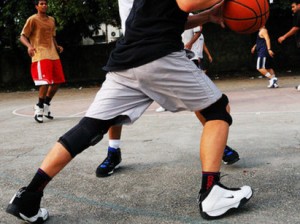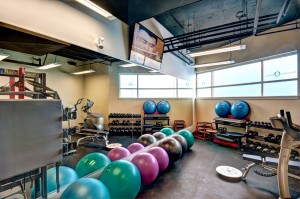Hamstring Stretches Help with Low Back Pain | physiotherapy victoria bc:
One of the most important stretches someone with low back pain should be performing is a hamstring stretch. When your hamstrings are tight, it places a lot of stress on your low back, leading to more pain and can actually cause more difficulty for you.
One of the easiest ways to stretch your hamstrings is lying on your back. Bring your knee toward your chest and straighten out your knee and try to push the bottom of your foot up towards the ceiling. The opposite leg should be flat. Then rest and repeat. This should be performed on each side.

Hamstring Stretches
An important aspect to stretching is being able to relax while you are doing the stretch. If you find yourself not relaxing with the first stretch, try lying near a door jam or a corner of a wall and place one leg up on the wall. Now drop the opposite leg and you’ll begin feeling the stretch in the back of the hamstring. This is a nice stretch because you can just relax and it doesn’t place as much stress on your low back. The object here is to work your leg up the wall to try to get a ninety degree angle. Now once your leg is straight, simply return to the starting position, slide your hips closer to the wall, and repeat.
Since hamstring stretching should be done at least twice a day, finding other positions which you can incorporate into your daily routine is crucial. Another way to stretch your hamstring is sitting on the edge of a chair, so it can be done almost anywhere. Sitting in the chair, scoot to the edge of the chair, straighten out one leg, and point your toes toward the ceiling. Simply sit up straight and roll your pelvis forward and you should feel a light stretch up the back of your leg. This can be held for approximately thirty seconds, and repeated on each side.
For more information on stretches that you can do at home or at the office please contact our physiotherapists.









